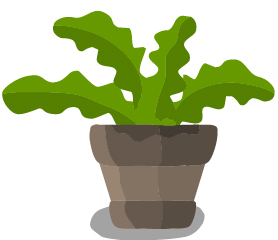- Photosynthesis
- Recommended Lessons
Introduction to photosynthesis
Every living creature needs food or energy to survive. Some living organisms depend on others for food and energy whiles others can produce their food.

Plants make their very own food, glucose, in a process called photosynthesis. We say that plants can photosynthesize.
Photosynthesis and respiration go hand in hand. The result of photosynthesis is glucose, which is stored as chemical energy in the plant cells.
This stored chemical energy comes from the conversion of inorganic carbon (carbon dioxide) into organic carbon. Respiration releases the stored chemical energy.
- Living things that depend on others for food are called heterotrophs. Herbivores like cows and other plant-eating insects are examples of heterotrophs.
- Living things that produce their very own food are called autotrophs. Green plants and algae are good examples of autotrophs.
Apart from the food they manufacture, plants also need carbon, hydrogen, and oxygen to survive. Water absorbed from the soil provides the hydrogen and oxygen. During photosynthesis, carbon and water are used to synthesize food. They also need nitrate to make amino acids (Amino acid is an ingredient for making protein). In addition to that, they need magnesium to make chlorophyll.
In this lesson, we shall learn more about how plants manufacture food (photosynthesis) and learn more about the conditions that must be present for this to happen.
